(Paris 1898 – Auxerre 1952)
Saint Francis of Assisi and the Wolf of Gubbio
Oil on canvas
H. 41 cm; W. 27 cm
Signed lower left. Dated lower right “02.27”
From a very young age, Henri-Eugène Brochet showed precocious artistic talent. Sensitive to this vocation, his father enrolled him in 1909 at the Municipal Drawing School on Place des Vosges, where he studied until his death in 1916. His mother died the following year. A pupil of Victor Dupont (1875–1942), Brochet discovered the work of Cézanne, which would have a lasting influence on his art. In 1917, he was recruited as an auxiliary during the First World War, where he was assigned as a painter. Sent to Belgium, then to the rear of Champagne during the July 1918 offensive, he produced numerous portraits of his superiors and comrades. Around 1920, he joined the L'Arche group, which worked to revitalize Catholic art following the world conflict. In collaboration with Éditions d'art Rouart, he organized an exhibition of "Sacred Art Workshops" in Auxerre in June 1921 alongside Maurice Denis and Georges Desvallières. He then became close to major figures such as the sculptor Fernand Py, the organist Paul Berthier, and the poet Marie Noël. In 1922, he married and moved to Paris to a studio located at 25 Boulevard du Montparnasse, where he lived until 1933. A member of the Salons d'Automne and Les Indépendants, he enjoyed growing recognition. From 1933, he settled permanently in Auxerre in a large house at the foot of the cathedral, where he continued his pictorial work and taught drawing in collaboration with Jean Burkhalter, director of the municipal school. Alongside his work as a painter and illustrator, Henri Brochet was passionate about the theater. He wrote more than 150 plays, designed sets, and directed. A large collection of documents related to the magazine Jeux, Tréteaux et Personnages, as well as numerous drawings and gouaches, is preserved at the Auxerre library. "Art for art's sake is stupid, especially when it concerns religion. Art has a purpose, art is a teaching. A painting, a panel, should force you to think. A religious painting is a subject for meditation, much more than a subject for admiration." » (Letter from Henri Brochet to a friend, 1920) His son François Brochet (1925–2001), a student of Fernand Py, continued the family tradition by becoming a major artist, recognized as a painter, engraver, and above all, a sculptor.
Our painting, created in February 1927, depicts the legend of the Wolf of Gubbio. It tells of a ferocious wolf terrorizing the Italian town of the same name. Saint Francis of Assisi, known for his love of animals, went to meet it. Rather than confront it violently, he spoke to the wolf with gentleness and compassion. The wolf, appeased, became docile. Francis made a pact: in exchange for food offered by the inhabitants, the wolf would cease its attacks. The animal kept its word until its death. This story illustrates the message of peace and reconciliation advocated by Saint Francis. This peace is symbolized here by the presence of the dove.





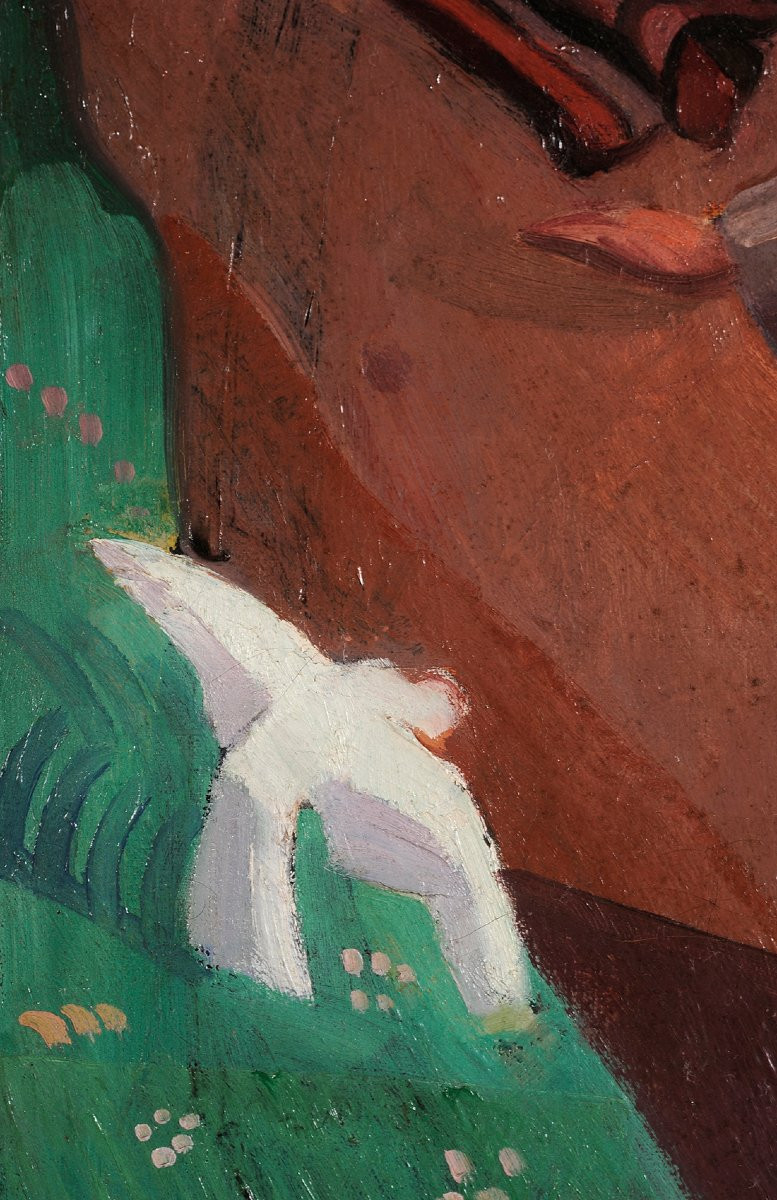









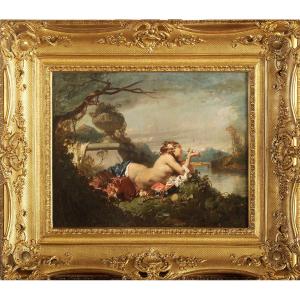

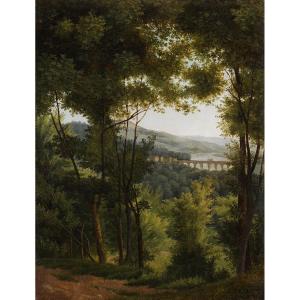


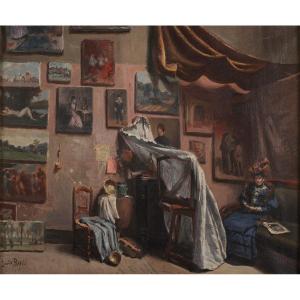








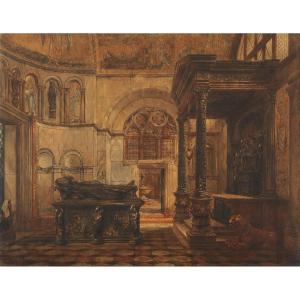

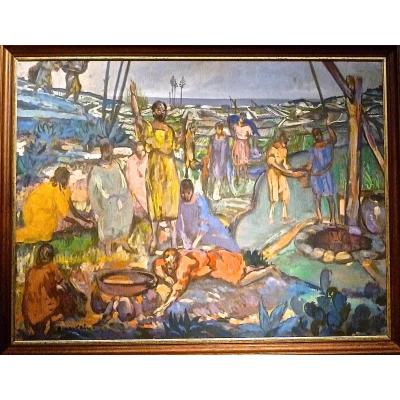

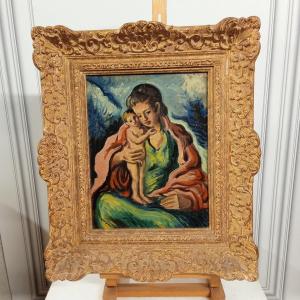




 Le Magazine de PROANTIC
Le Magazine de PROANTIC TRÉSORS Magazine
TRÉSORS Magazine Rivista Artiquariato
Rivista Artiquariato